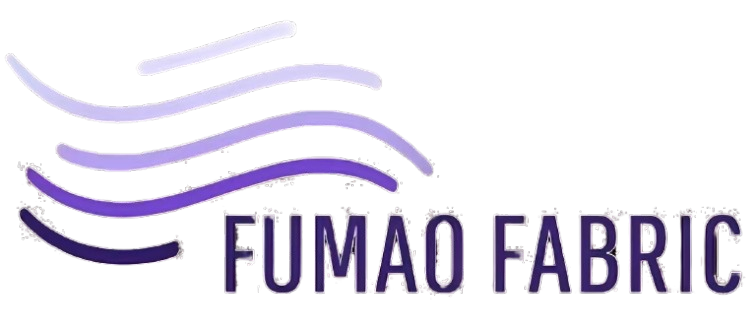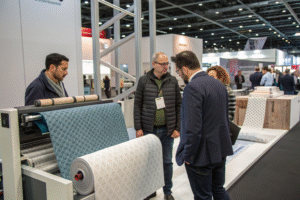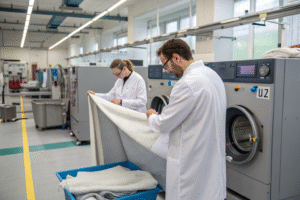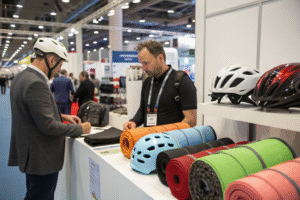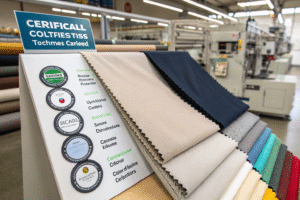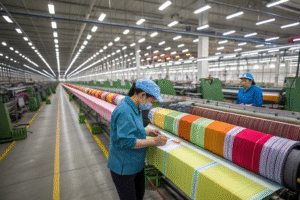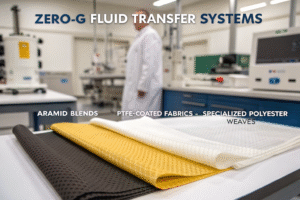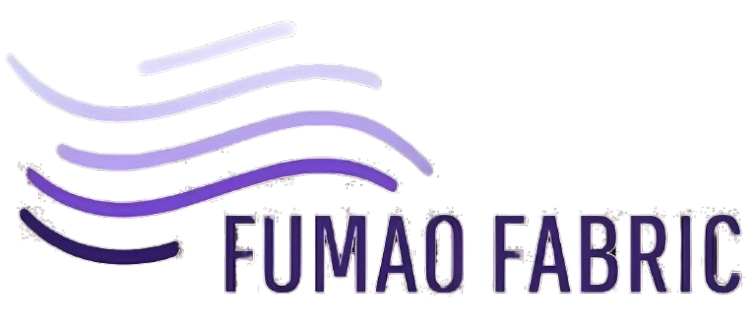The athleisure market is booming—and it’s all about the stretch. I’ve worked with brands from yoga startups to performance fashion retailers, and they all ask the same question: What’s the best fabric that moves with the body, holds shape, and feels great all day?
The best stretch fabrics for athleisure wear include spandex blends like nylon-spandex and polyester-spandex, four-way stretch knits like interlock and tricot, and performance-enhanced textiles like moisture-wicking or UV-resistant spandex jerseys.
This guide breaks down fabric types that balance flexibility, durability, and comfort—so you can pick materials that meet your brand’s needs and customer expectations.
What Fabric Blends Offer the Best Stretch and Recovery?
Stretch isn't just about elasticity—it’s about recovery. A fabric must return to its original shape after every squat, run, or pose. That’s why blends matter most.
The top-performing blends for athleisure include 85–90% nylon or polyester with 10–15% spandex (elastane), combining flexibility with structure and moisture management.

What’s the Difference Between Nylon and Polyester Blends?
- Nylon-Spandex: Softer, more luxurious feel, excellent abrasion resistance. Great for leggings, bras, bodysuits.
- Polyester-Spandex: More budget-friendly, faster-drying, excellent color retention. Perfect for tops, training wear.
Both offer excellent four-way stretch when knitted properly. At Fumao, we offer both types in 200–320gsm weights suitable for performance collections.
| Blend Type | Stretch Level | Feel | Use Case |
|---|---|---|---|
| Nylon-Spandex 88/12 | High (4-way) | Soft, smooth | Leggings, bras |
| Poly-Spandex 90/10 | Medium-High | Cool, slick | Tops, shorts |
| Cotton-Spandex 95/5 | Medium | Natural, soft | Lounge leggings |
Which Knit Structures Enhance Athleisure Performance?
It’s not just about yarn—it’s how the yarn is constructed. Knit structures control direction of stretch, fabric stability, and garment recovery. Choose the wrong knit, and your perfect fiber blend won’t deliver.
For athleisure wear, jersey knit, interlock knit, and tricot knit provide optimal stretch, coverage, and recovery across performance silhouettes.

What Is the Difference Between These Knits?
- Jersey Knit: Lightweight, breathable, stretchy. Used in tanks, tees, light leggings.
- Interlock Knit: Thicker, double-faced. Smooth outside and inside, ideal for leggings and sculpting wear.
- Tricot Knit: Warp-knit construction with vertical wales—excellent for sleek, elastic styles with minimal see-through.
Which Is Best for Compression?
Interlock wins. With a higher stitch density and double-layer build, interlock holds structure better and offers mild compression—ideal for shaping leggings or performance tights.
| Knit Type | Coverage | Stretch Direction | Best Use |
|---|---|---|---|
| Jersey | Medium | 2-way / 4-way | T-shirts, base layers |
| Interlock | High | 4-way | Sculpting leggings |
| Tricot | High | Warp/4-way | Slim-fit outerwear |
What Performance Features Should Athleisure Fabrics Include?
Functionality is as crucial as comfort. Today’s consumers want leggings that breathe, tops that don’t smell, and shorts that protect from UV rays.
Top-performing stretch fabrics for athleisure include technical features like sweat-wicking, antimicrobial finish, UV resistance, and chlorine tolerance.
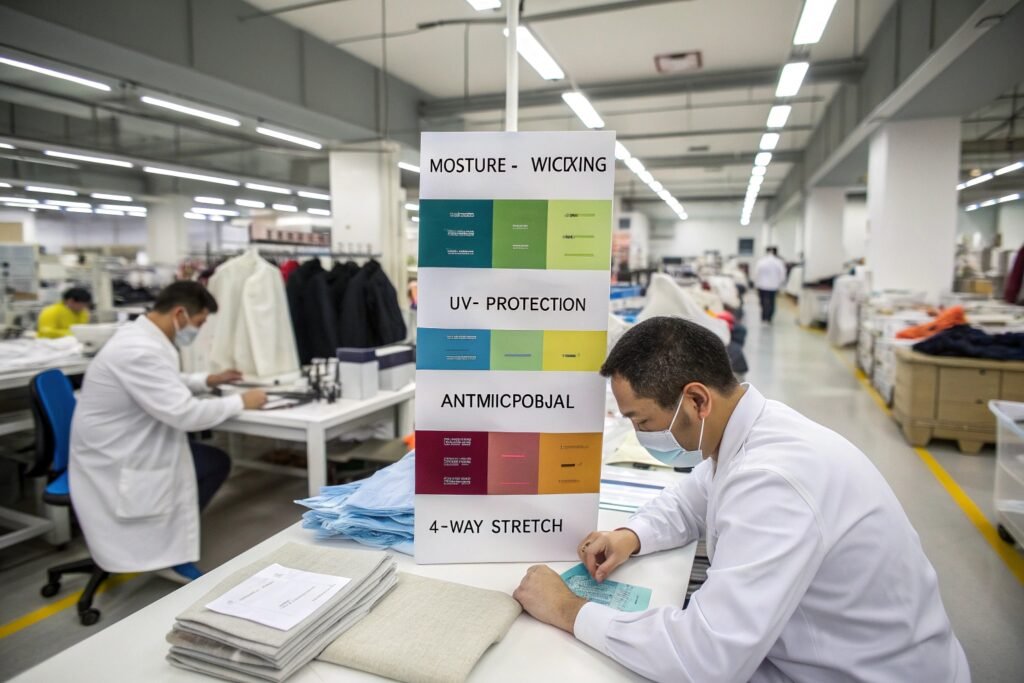
What Are the Must-Have Features?
- Moisture-Wicking: Pulls sweat from the body to keep dry.
- Antimicrobial: Prevents odor-causing bacteria—key for gym use.
- UV Protection: Blocks harmful rays—especially for outdoor runs.
- Chlorine Resistance: Ideal for swim-athleisure hybrids.
At Fumao, we integrate these via yarn selection (like Coolmax or Supplex), chemical treatment, or fabric coatings—tested in our CNAS-certified lab.
| Feature | Rating Standard | Ideal Application |
|---|---|---|
| Moisture-Wicking | AATCC 195 | Training leggings, tops |
| Antimicrobial | ASTM E2149 | Yoga wear, underlayers |
| UV Protection | UPF 30+ | Outdoor activewear |
| Chlorine Resistance | ISO 105-E03 | Swim leggings, hybrid |
Can Sustainable Stretch Fabrics Match Performance?
Eco-conscious performance is not a contradiction. Recycled stretch fabrics now offer the same performance as virgin options—without the environmental cost.
Recycled nylon-spandex and recycled polyester-spandex blends offer durability, softness, and full stretch while meeting sustainability goals.
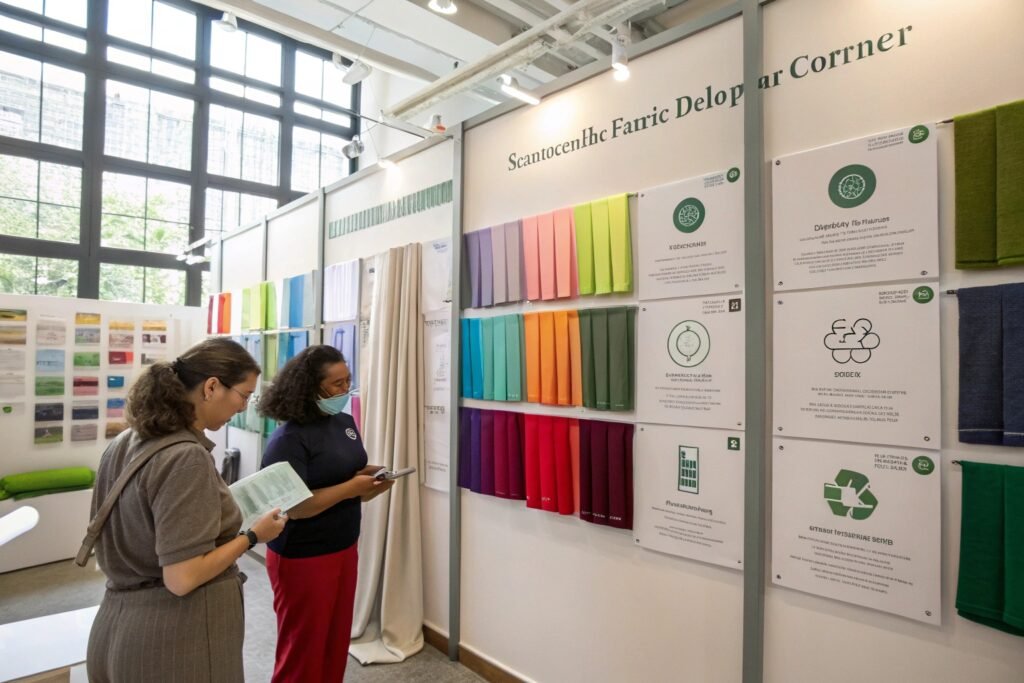
What Sustainable Options Are Available?
- Recycled Polyester-Spandex: Made from post-consumer PET bottles.
- Recycled Nylon-Spandex: Often from fishing nets and pre-consumer waste.
- Bio-based Elastane: Still in development but showing promise.
At Fumao, our recycled stretch fabrics are GRS-certified and tested for shrinkage, pilling, and recovery. Many brands now require both high performance and eco proof—and we deliver both.
| Fabric Type | Composition | Sustainability Certification |
|---|---|---|
| rPET-Spandex 88/12 | Recycled poly + spandex | GRS, OEKO-TEX |
| Econyl-Spandex 80/20 | Recycled nylon | GRS, OEKO-TEX |
| Bio-Elastane Blends | Bio-based + fibers | TBD (early stage) |
Conclusion
The best athleisure fabrics do more than stretch—they support movement, breathe well, and endure repeat use. Whether you're launching yoga leggings or trail-ready tights, your material choice defines product value. At Fumao, we offer performance-tested stretch fabrics with nylon or polyester blends, functional finishes, and GRS-certified recycled options. We help brands blend movement with durability—and increasingly, with sustainability.
